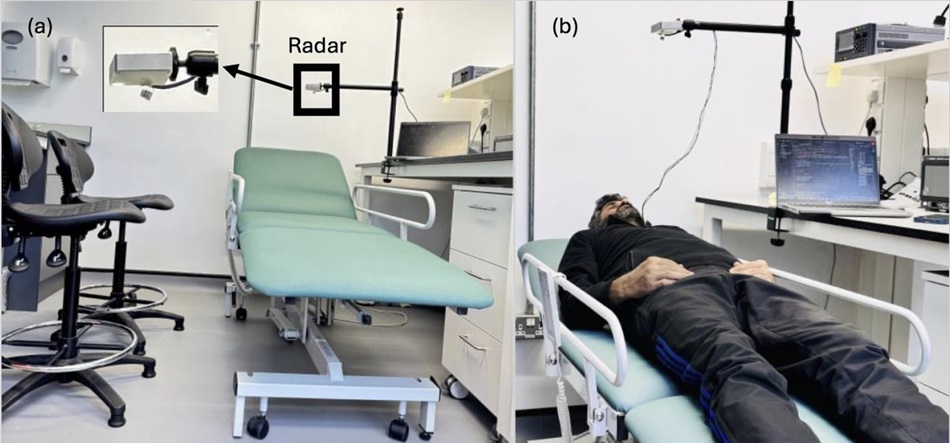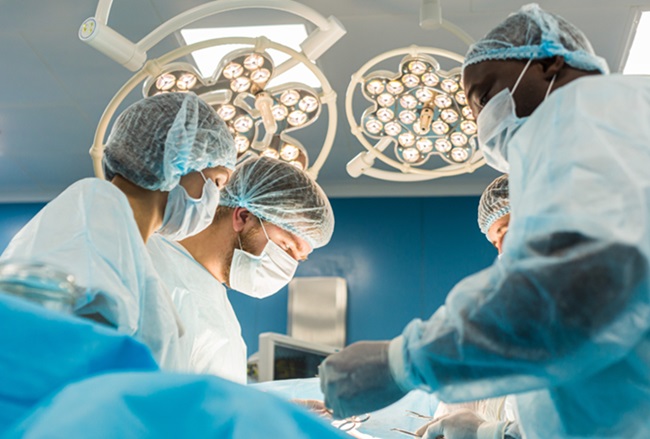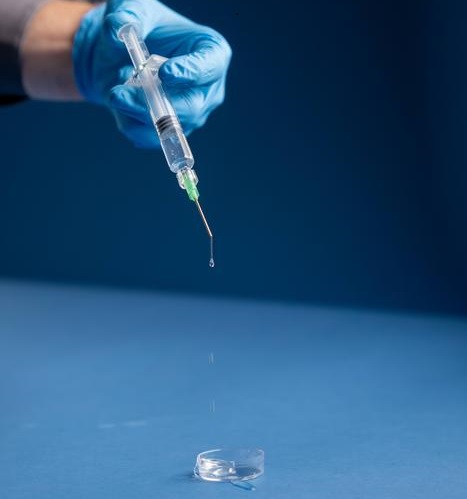‘Radar Stethoscope’ Paves Way for Contactless Medical Monitoring
Posted on 08 Nov 2024
A recent breakthrough in health monitoring utilizes radar technology to accurately 'listen' to patients' heart sounds, potentially paving the way for a new era of contactless medical monitoring devices.
Researchers from the University of Glasgow (Scotland, UK) led the creation of this innovative system, which tracks heart sounds similarly to how a doctor uses a stethoscope. This method significantly enhances previous radar techniques that measured heart rate based on chest movements. In a study published in the IEEE Journal of Biomedical and Health Informatics, the team demonstrated their use of advanced signal processing techniques to isolate and quantify the heart sounds of human participants. Employing a 24GHz continuous-wave radar system, they transmitted electromagnetic waves towards volunteers lying down fully clothed. The reflections received enabled the researchers to assess not only the chest movements but also the heart sounds generated by the opening and closing of heart valves, similar to the way stethoscopes function in clinical settings.

To get a clearer pulse signal and calculate patients’ heart rate, the researchers applied sophisticated filters to eliminate signal noise and other forms of interference. They tested the efficacy of their approach by gathering heart sound and chest movement data from both male and female volunteers, with radar measurements taken over intervals of 30 seconds, 60 seconds, and five minutes. During each session, they recorded three different heart rate intensities: a 'resting' state of 60 to 80 beats per minute, an 'anxiety' state of 100 to 130 bpm, and a 'transition' state of 80 to 130 bpm. Concurrently, they monitored the participants' heart activity using an electrocardiogram (ECG) machine, regarded as the current gold standard for clinical heart rate assessments.
The researchers discovered that their system could measure heart sounds across all intensity levels with nearly 99% accuracy, with discrepancies from the simultaneous ECG readings being less than one beat per minute. They also compared the radar data on chest movements, the conventional method for heart rate measurement, with their enhanced heart sound approach. Their findings revealed that chest movement measurements could underestimate the heart rate by eight to 50 beats per minute, depending on the intensity, underscoring the significant advancement represented by their new methodology.
“What we’ve been able to with this research is take a big step towards enabling the full potential of radar as a contact-free health monitoring tool,” said Professor Qammer H. Abbasi, co-head of the Communications, Sensing and Imaging Hub at the James Watt School of Engineering and one of the paper’s contact authors. “Our signal processing approach has enabled much more accurate detection of heart sounds and measurement of heart rate, which bring it close to the performance of ECG monitoring.”














